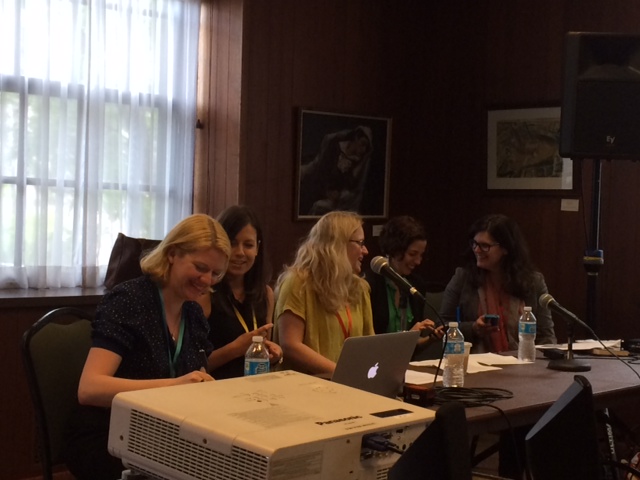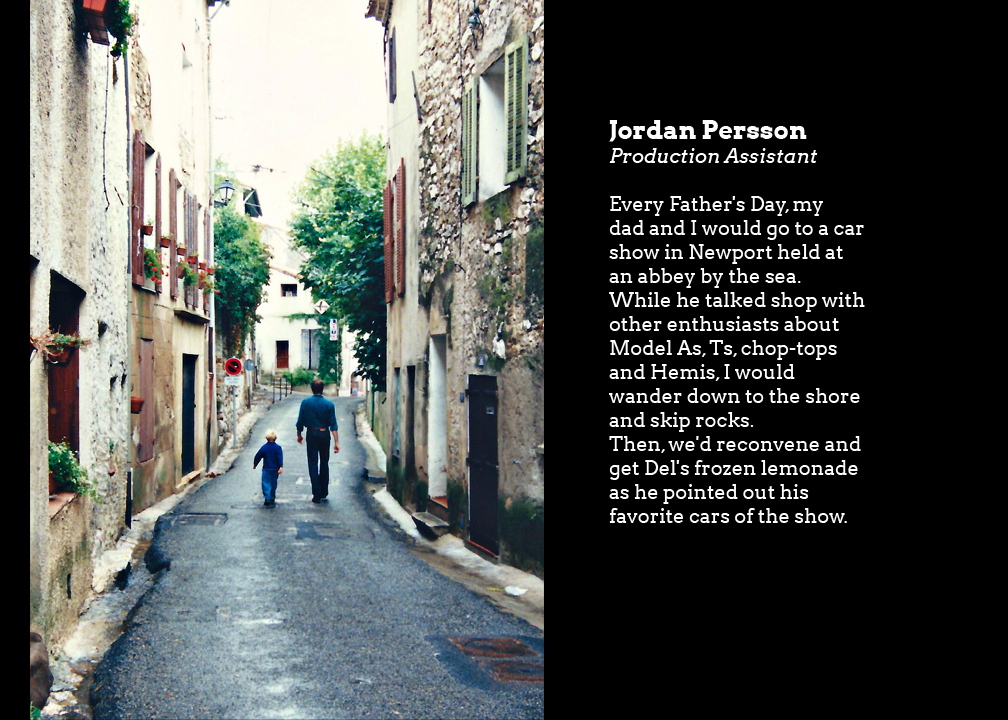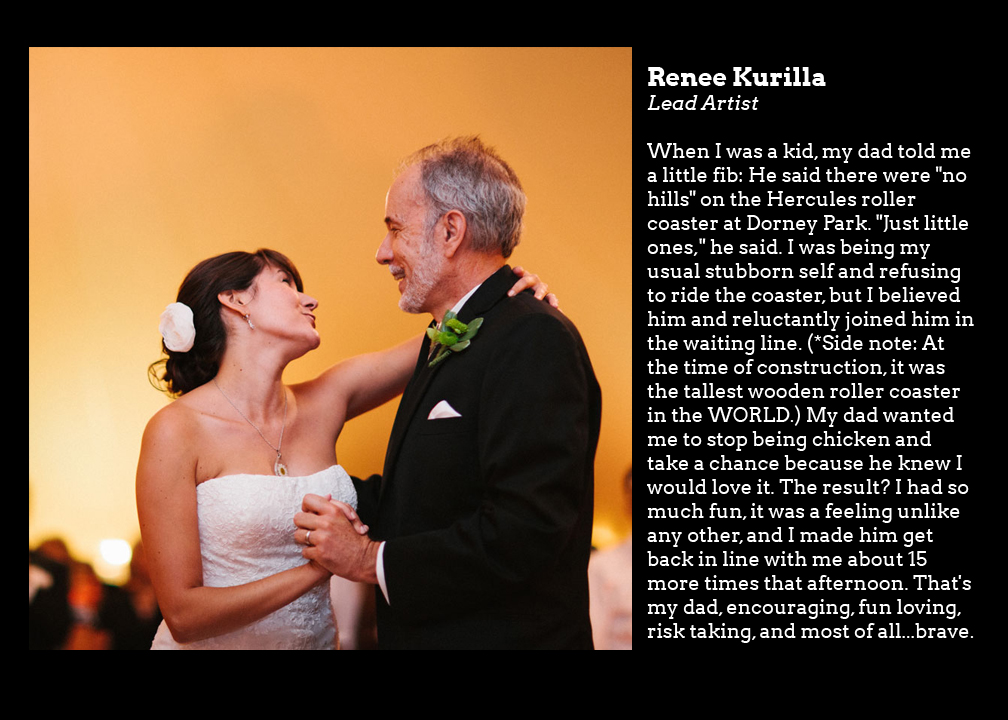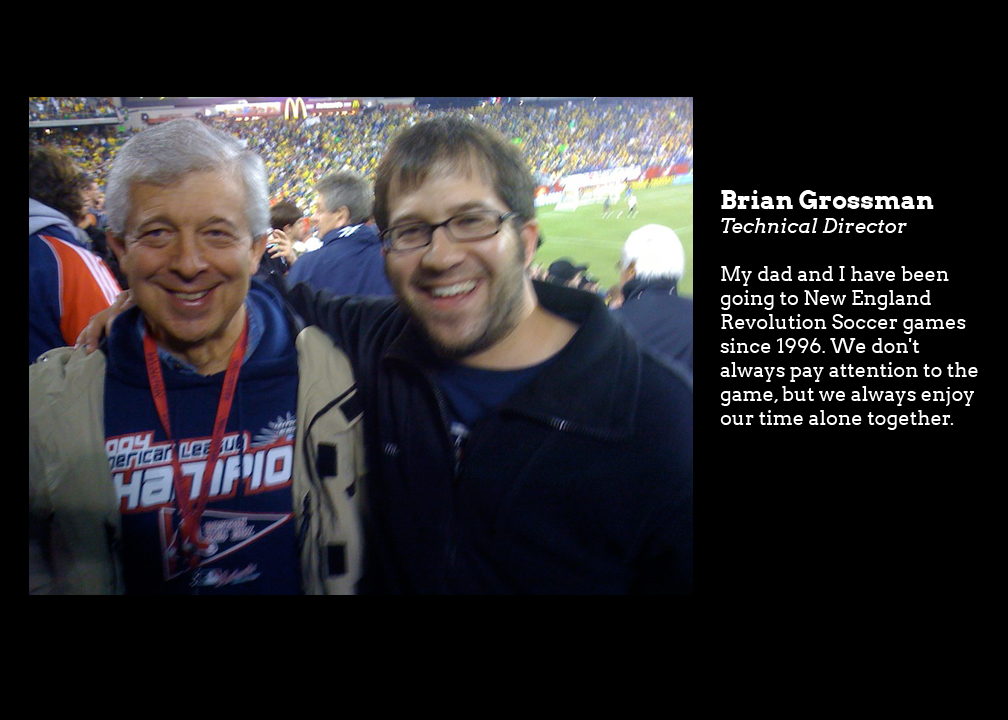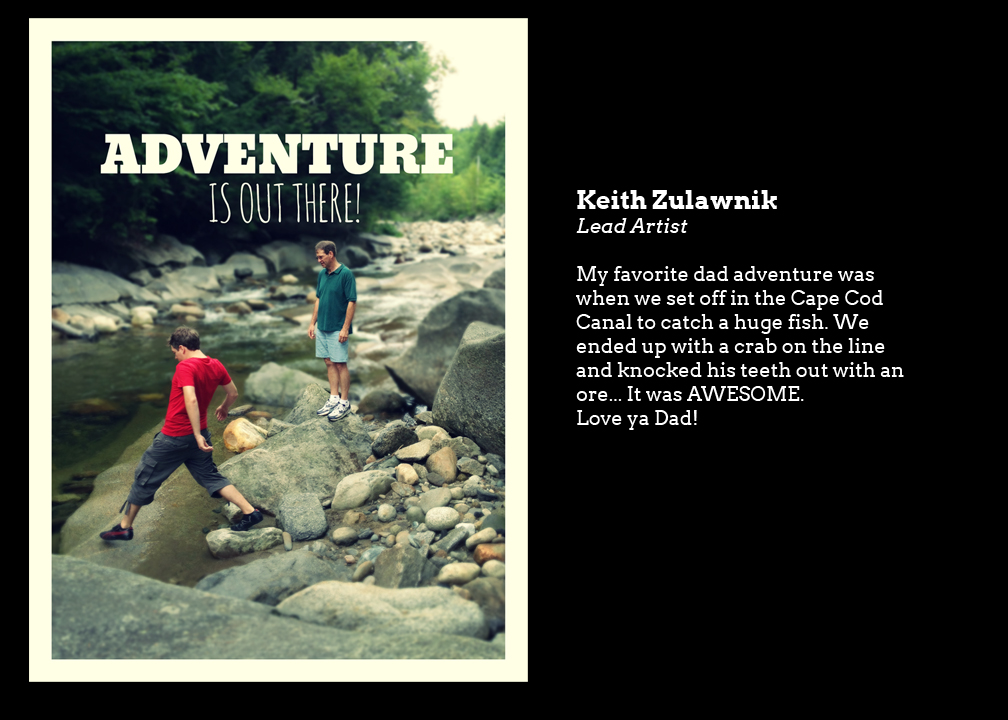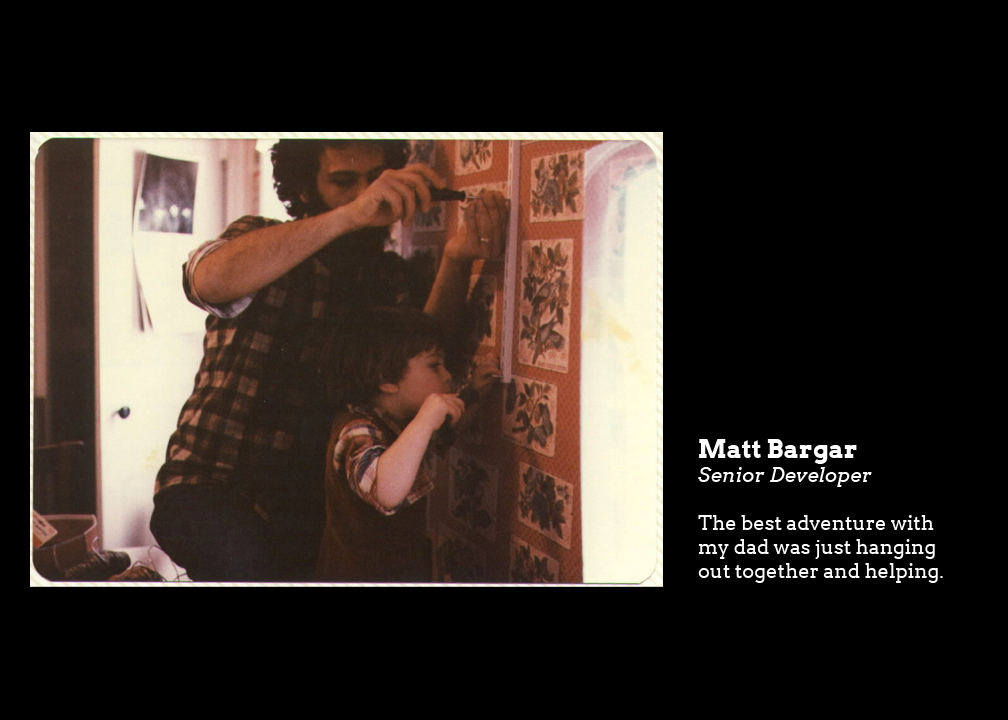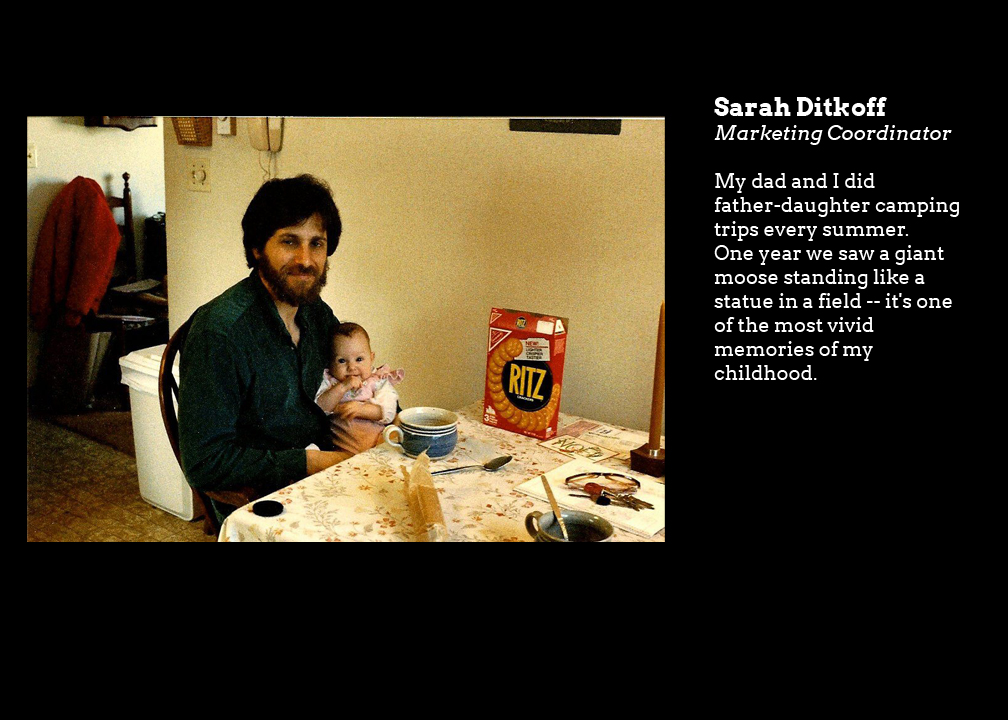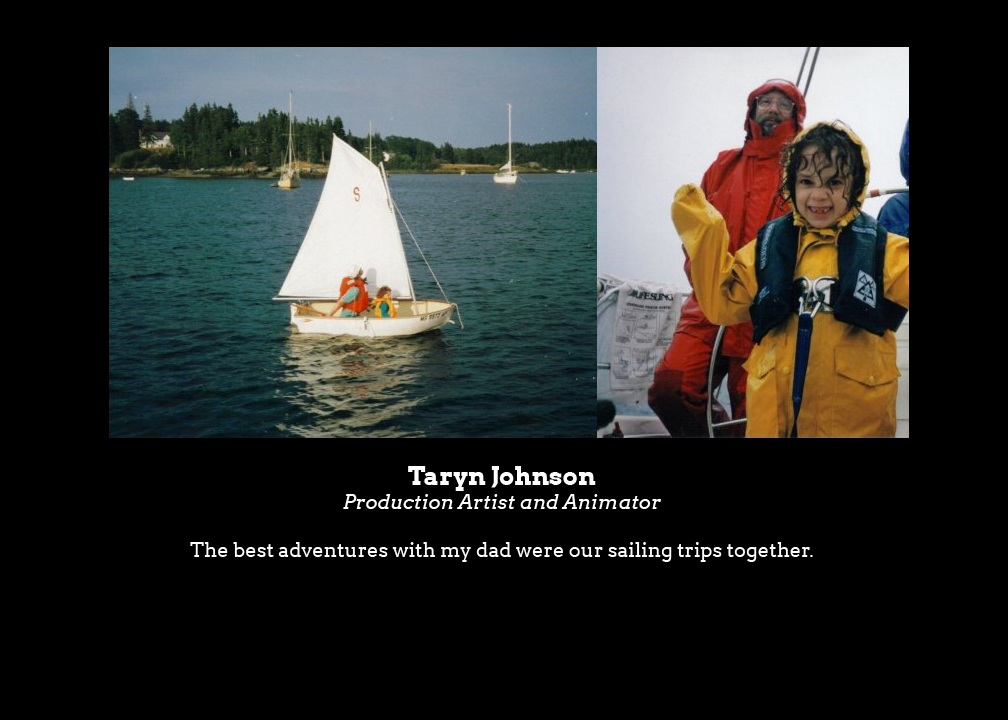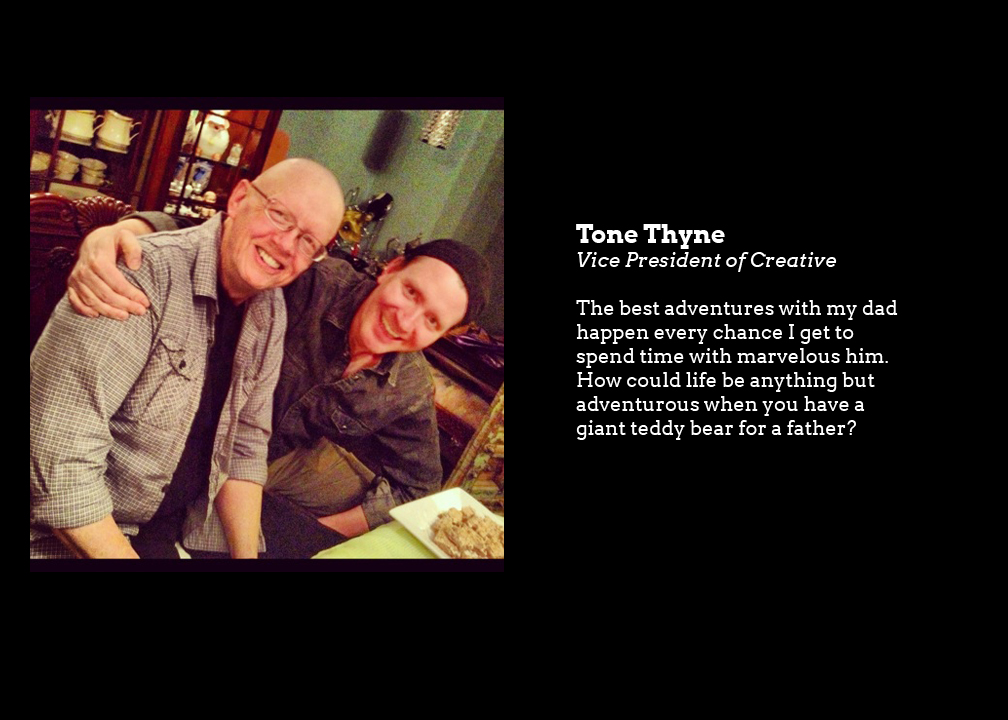We’ve already introduced you to our marketing and operations interns, but wait -- there's more! FableVision welcomes three art interns to the Studio for the summer.
Our summer art interns come from all over the Northeast and draw inspiration from many different artists and animators. As lifelong lovers of animation, we think they make a great addition to our summer office staff.
Brendan Kirschbaum
- Junior at Rochester Institute of Technology
- Studying 2D and 3D animation
- Visit his website
Brendan says:
I've always loved to draw, but I discovered animation when I was around ten years old. My brother introduced me to Pivot, a beginner animation program with jointed stick-figures. I made a lot of shorts about ninjas with superpowers. My favorite project was an animated short I created at RIT called "Flight of the Geese." Sitting in an auditorium and hearing an audience laugh at something that started as a terrible sketch of a dopey goose soldier was bizarre and rewarding.
FableVision asks:
So this is your first time living in Boston. How are you enjoying the city so far?
There’s a lot of energy, and a lot of great places to eat! I just went to the Scooper Bowl… all-you-can-eat ice cream is a very easy way to win my affection.
From looking at your animation and art samples, it looks like you have quite the sense of humor. Do you have a favorite comedy TV show or movie?
I’m just starting to get into Bob’s Burgers, which is hilarious. The Emperor’s New Groove is still the funniest animated movie to date in my book. (Editorial note: Bob’s Burgers is one of our favorites too.)
Stephan Park
- Student at Rhode Island School of Design
- Studying illustration and animation
Stephan says:
I really discovered my love for art through drawing Pokémon characters in first grade; Pixar movies sparked my love for animation. Consequently, my main source of inspiration is a mixture of Western and Eastern influences, ranging from graphic novels to anime. I don't really have a certain drawing style; it varies, so I can adapt my drawings to any mood and plot. My favorite piece that I have created is an illustration called "Train World" that depicts my perception of the New York subways and its strange inhabitants. I love it because it has a bunch of quirky characters, but it is based on observation so people can readily relate to it.
FableVision asks:
Do you have a favorite character to draw? What kind of adventures do they go on?
I have a mouse character called Peppi who likes to travel the woods fighting bears and various predators.
If you could travel to anywhere in the world, where would it be and why?
I would like to travel to Paris or Japan to study the animation studios and the styles that they produce there.
Jazmine Richardson
- Senior at the School of Visual Arts in New York City
- Studying animation
- Visit her website
Jazmine says:
Ever since I was a child, I had a fascination with movies, especially animated ones. I spent the majority of my childhood drawing and creating my own characters and doodles, including a comic strip in a local newspaper. I love Chris Sanders (Lilo and Stitch, How To Train Your Dragon), and try to channel his line work and sense of movement. My favorite project was an animatic adapted from a section of the novel The Circus of Dr. Lao, which featured a giant snake telling the story of how he hunted down a small child. It was morbid and a little disturbing, but a unique story to adapt.
FableVision asks:
What's been your favorite part about interning at FableVision so far?
Getting experience in a professional work environment. I also like seeing all the cool projects everyone’s working on.
We know you love to draw, but what's another favorite hobby of yours?
I love watching movies and learning random tidbits about them, specifically in the art direction. I also love writing, (trying to) learn foreign languages, and spending time with my pets.











